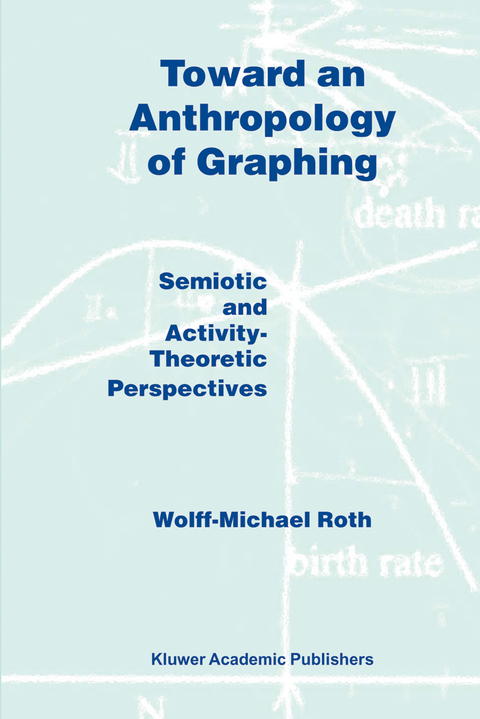
Toward an Anthropology of Graphing
Springer-Verlag New York Inc.
978-1-4020-1376-8 (ISBN)
1 Toward an Anthropology of Graphing: An Introduction.- 1.1 Graphing is Pervasive.- 1.2 Nature of Practice.- 1.3 Reading Graphs as Semiotic Practice.- 1.4 Graphs as Sign Objects.- 1.5 Graphing as Rhetorical Practice.- 1.6 Graphs as Conscription Devices.- 1.7 Conclusion and Outlook.- One: Graphing in Captivity.- 2 From ‘Expertise’ to Situated Reason: The Role of Experience, Familiarity, and Usefulness.- 3 Unfolding Interpretations: Graph Interpretation as Abduction.- 4 Problematic Readings: Case Studies of Scientists Struggling with Graph Interpretation.- 5 Articulating Background: Scientists Explain Graphs of their Own Making.- Two: Graphing in the Wild.- 6 Reading Graphs: Transparent Use of Graphs in Everyday Activity.- 7 From Writhing Lizards to Graphs: The Development of Embodied Graphing Competence.- 8 Fusion of Sign and Referent: From Interpreting to Reading of Graphs.- Appendix: The Tasks.- A.1 Plant Distributions.- A.2 Population Dynamics.- A.3 Isoclines.- A.4 Scientists’ Graphs.- Notes.- References.
| Erscheint lt. Verlag | 31.7.2003 |
|---|---|
| Zusatzinfo | XI, 342 p. |
| Verlagsort | New York, NY |
| Sprache | englisch |
| Maße | 155 x 235 mm |
| Themenwelt | Geisteswissenschaften |
| Mathematik / Informatik ► Mathematik ► Graphentheorie | |
| Sozialwissenschaften ► Pädagogik ► Schulpädagogik / Grundschule | |
| Sozialwissenschaften ► Soziologie | |
| ISBN-10 | 1-4020-1376-0 / 1402013760 |
| ISBN-13 | 978-1-4020-1376-8 / 9781402013768 |
| Zustand | Neuware |
| Haben Sie eine Frage zum Produkt? |
aus dem Bereich
